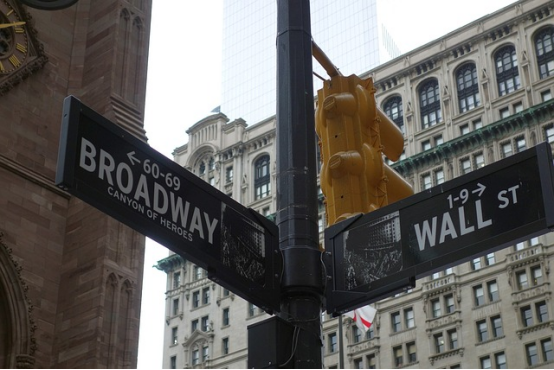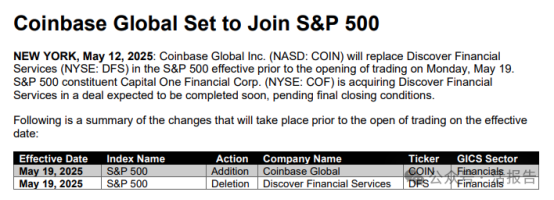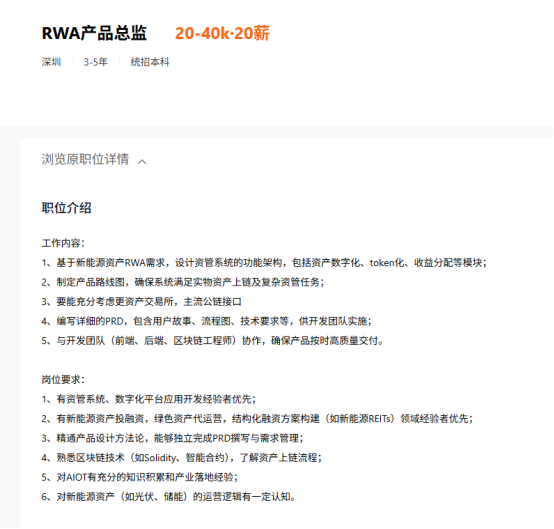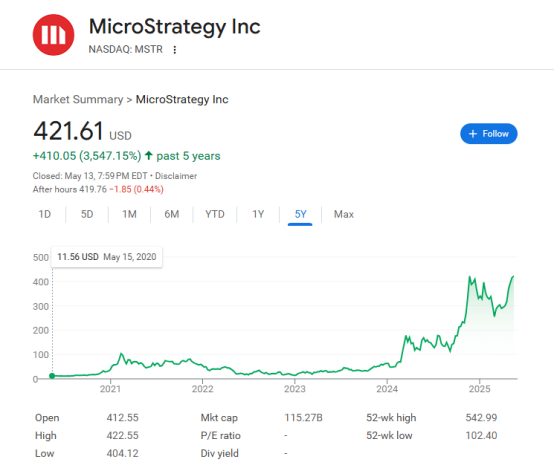
Recently, the crypto market has been filled with good news one after another.
On the macro front, the joint statement between China and the U.S. marks the end of the tariff war, leading to a significant rise in global financial markets. Although Bitcoin has retreated slightly from its expected drop, the altcoin market is thriving, with Ethereum continuing to lead the way, reaching $2,700. The DeFi sector is also on the rise, sparking calls for a return of the altcoin season.
In addition to the improved macro environment, there are new developments within the industry alongside favorable regulatory news. On May 13, according to a press release from S&P Dow Jones Indices, Coinbase Global, the largest cryptocurrency exchange in the U.S., will be added to the S&P 500 index, replacing Discover Financial Services, which is set to be acquired by Capital One Financial. This change will take effect before trading begins on May 19.
In the mainstream market, the crypto industry has once again achieved a milestone, marking the beginning of a new era for the industry. Meanwhile, companies and institutions from around the world are eager to participate.
On May 12, the tariff truce agreement reached between China and the U.S. in Geneva has finally put a temporary stop to the prolonged trade conflict. The agreement includes a 90-day suspension of 24% mutual tariffs while retaining a 10% base tax rate and establishing a third-country consultation mechanism. As a result of this news, U.S. stock indices saw a significant increase, with S&P 500 futures rising over 3% and the Nasdaq closing up 4.35%.
Despite Bitcoin's drop from $106,000 to a low of $100,700, the overall crypto market quickly rebounded, with altcoins like ETH, SOL, and BNB showing good gains. As the tariff situation stabilizes, the impact of this news on the market will gradually slow down, and the bottom prices of various cryptocurrencies are showing an upward trend.
With the macro environment improving, the industry is also not to be outdone. Recently, there have been frequent positive developments in the industry. First, the U.S. state government has achieved its first victory with New Hampshire passing a strategic Bitcoin reserve bill, which authorizes the state treasurer to purchase Bitcoin or digital assets with a market cap exceeding $500 billion, setting a holding limit of 5% of total reserve funds, potentially bringing new demand for Bitcoin. Second, the new SEC chairman has taken office, clearly stating that a core priority during his term is to establish a reasonable regulatory framework for the crypto asset market, continuously releasing positive signals. BlackRock is also rumored to be discussing an ETH staking proposal with the SEC, boosting market confidence.
With the macro improvement and regulatory enhancements working in tandem, crypto companies are undoubtedly entering the best era.
On May 13, it was officially announced that Coinbase Global, the largest cryptocurrency exchange in the U.S., will be added to the S&P 500 index, marking the first time a crypto company has been included in the S&P, achieving another milestone in the mainstreaming process of the crypto industry.

For the crypto market, Coinbase may not be a household name, but it is certainly well-known. As the largest and most compliant cryptocurrency exchange in the U.S., Coinbase stands out in the global crypto exchange landscape. Founded in 2012, Coinbase has a 13-year history, during which it has experienced several ups and downs between bull and bear markets, becoming the best window for traditional finance to observe the crypto industry.
In 2021, Coinbase went public on Nasdaq under the ticker COIN. On its first day of trading, it not only avoided the fate of previous crypto concept stocks like Canaan and Bitmain, which faced declines, but its stock price soared to a high of $429.54, causing a market sensation. After that, Coinbase's stock price fluctuated with the industry cycle, closely related to the overall crypto market trend, hitting a low of $33.26 during the downturn in 2023, before regaining momentum. This year, Coinbase made history by replacing Discover Financial Services to become the first crypto company included in the S&P 500. As a result, Coinbase's stock rose 24% on its first day, currently reported at $256.90.
Interestingly, when Strategy was included in the Nasdaq 100 previously, it was seen as the most likely candidate for inclusion in the S&P 500. However, due to the cumulative net profit requirement of the S&P 500, its competitiveness was slightly lacking. At that time, market analysts did not consider Coinbase as a core candidate. However, Coinbase steadily surpassed expectations and achieved this milestone in May.
Although there is no immediate market impact, the symbolic significance is more pronounced. In the long run, the inclusion of crypto companies in major U.S. indices represents mainstream market recognition, laying the foundation for the integration of the crypto industry with traditional finance and opening up vast space for the mainstreaming of the crypto industry. Specifically, this move not only expands capital flow based on index allocation from the perspective of individual stocks but also enhances the recognition of the crypto industry as a typical corporate example, likely attracting and expanding traditional investors. In comparison, Discover Financial Services, which it is set to replace, could see passive demand allocation reach $13.5 billion with a 0.1% index weight.
On the other hand, this move further fuels the IPO frenzy among crypto companies. Since last year, several companies, including Circle, eToro, Bgin Blockchain, Chia Network, Gemini, and Ionic Digital, have been advancing their IPO plans. Kraken has been restructuring its organization to meet regulatory requirements, with Coinbase serving as a typical example.
While Wall Street institutions are eager to capitalize on crypto dividends, companies in Hong Kong are also eager to try. Unlike U.S. crypto companies pushing for IPOs, institutions in Hong Kong are more cautious, focusing on real-world asset (RWA) collaboration. Following the launch of the Ensemble project by the Hong Kong Monetary Authority (HKMA) to initiate a tokenization sandbox pilot, the RWA sector in Hong Kong has pressed the accelerator once again.
From recent developments, the trend of major firms taking the lead is evident, with frequent actions in recent months. JD Technology, which has attracted attention for its foray into stablecoins, has begun assembling a team. It has posted multiple RWA-related job openings on recruitment platforms like BOSS Zhipin and Liepin, seeking a product director for asset management systems and a solutions director responsible for the design, acquisition, and industrialization of new energy asset RWA. Additionally, JD Technology announced a partnership with licensed virtual bank Tianxing Bank to provide financial compliance support for JD's exploration of cross-border payment solutions based on stablecoins. According to Dr. Shen Jianguang, Vice President of JD Group, JD's stablecoin is a decentralized commercial issuance at the company level, minimally affected by macroeconomic fluctuations, aimed at enhancing JD's global supply chain and cross-border payment capabilities.

While JD is still organizing its structure, Ant Group's progress is even faster, with actual cases already in place. Last year, Ant Group collaborated with green energy service provider GCL-Poly to successfully complete the first domestic RWA case involving 200 million RMB based on photovoltaic physical assets, and subsequently partnered with projects like Conflux, Xunying Group, and Sui to promote the actual implementation of RWA projects.
Beyond major firms, exchanges and institutions are also actively laying out their strategies. Hong Kong-based HashKey Chain successfully deployed the tokenized U.S. dollar money market fund CPIC Estable MMF, initiated and managed by China Pacific Insurance Investment Management (Hong Kong), on-chain in March this year. Following this, they announced a joint tokenization plan for Hong Kong dollar and U.S. dollar money market ETFs with Bosera Funds (International) Limited, which has received approval from the Hong Kong Securities and Futures Commission (SFC). To date, HashKey Chain has engaged in in-depth discussions with over 200 institutions, reaching intentions for RWA on-chain cooperation across various fields, including traditional financial institutions, asset management companies, technology firms, and Web3 native projects.
As the technical infrastructure improves, brokerage support is also keeping pace. Recently, Guotai Junan International announced that its wealth management-related business plan submitted in January covers tokenized securities types, including structured products linked to various underlying assets, SFC-recognized funds and non-recognized funds, and bonds. According to the SFC's circular on intermediaries engaging in tokenized securities-related activities, the SFC sent a confirmation email on May 7, 2025, indicating that the business plan has been confirmed by the regulatory authority with no further issues. Just today, Tiger Brokers (Hong Kong) also announced the launch of cryptocurrency deposit services, supporting virtual currency deposits, trading, and withdrawals.
Overall, whether it is the IPO of U.S. crypto companies or the advancement of RWA by local Hong Kong enterprises, both demonstrate a proactive attitude towards layout in the context of the crypto industry gradually gaining recognition. However, due to regional differences, the methods of participation vary slightly.
In the U.S., where the regulatory environment is clearer and existing leaders provide strong support, there is a trend of the market operating as usual without regulatory intervention. Institutions and companies participate in a more straightforward manner, such as institutions heavily buying ETFs, becoming the main supporters of cryptocurrency prices, or Strategy borrowing to buy coins to create a new paradigm, sparking a wave of interest that has led smaller listed companies to attempt to break through with cryptocurrencies to boost their stock prices. Large institutions like Block, PayPal, and Visa are also entering the market with stablecoins to capture market share and build business matrices. The positive responses from companies are also quicker, with Strategy being included in the Nasdaq 100 and Coinbase joining the S&P 500, undoubtedly representing the entry of new buyers.

In contrast, Hong Kong is more conservative. Although the consistency and continuity of policies are well maintained, Hong Kong's regulation of virtual assets continues to improve, steadily promoting the application and pilot of tokenization. However, clear and stringent compliance requirements mean that Hong Kong can only take small, quick steps rather than large, concentrated advances. Market power must be exercised within the policy context, leading enterprises and institutions to adhere to compliance principles. Although Hong Kong ETFs are also developing vigorously, their influence is limited, and more institutions focus on business as the main line, extending development through sectors. Related businesses are entering the fast lane, but profit points have not yet fully materialized.
In this context, the attention on the mainland market is continuously increasing, with the focus on the opening of on-site funds. Recently, there have even been rumors that the mainland is expected to launch a paper BTC spot ETF in the future, similar to a book-entry transaction without physical delivery, akin to the paper gold model. This move could allow participation in cryptocurrency trading under certain compliance controls while avoiding actual holdings, with transparent and traceable transactions. Of course, rumors are just rumors, and considering the risks of cryptocurrencies to the financial market, especially under current regulations, feasibility can only be described as fanciful. However, this also indicates that the market expresses high expectations for the opening of mainland funds.
It is foreseeable that as the mainstreaming of crypto assets continues to rise, more enterprises will enter the field, and funds, attention, and resources will further flow into the market. This wave of institutional FOMO is just beginning.
免责声明:本文章仅代表作者个人观点,不代表本平台的立场和观点。本文章仅供信息分享,不构成对任何人的任何投资建议。用户与作者之间的任何争议,与本平台无关。如网页中刊载的文章或图片涉及侵权,请提供相关的权利证明和身份证明发送邮件到support@aicoin.com,本平台相关工作人员将会进行核查。




